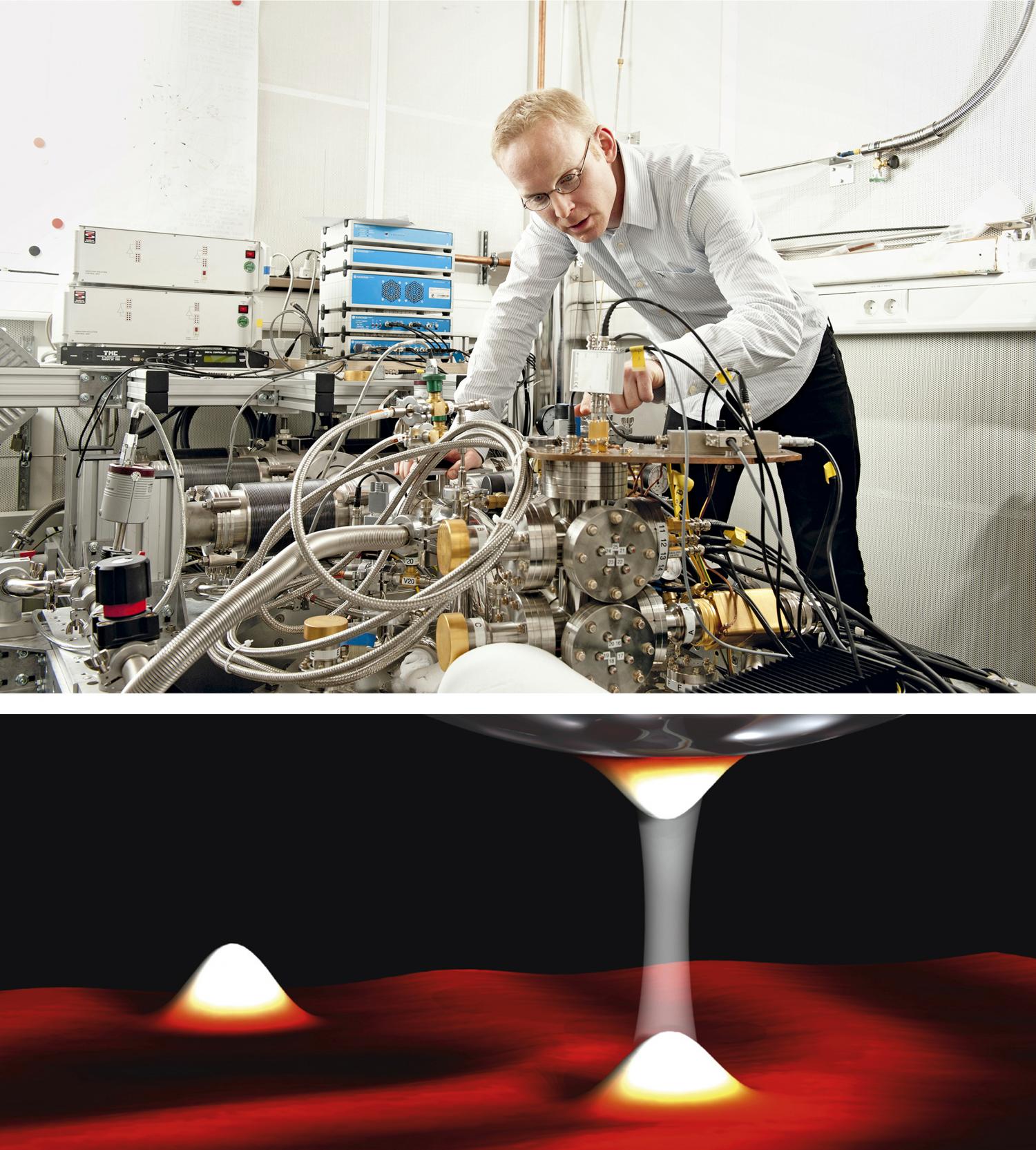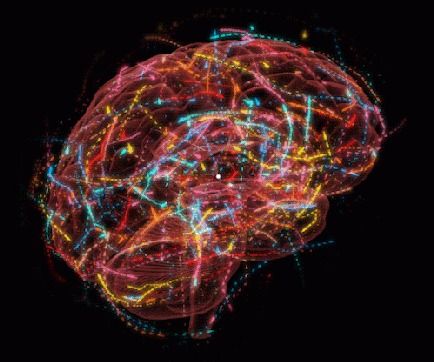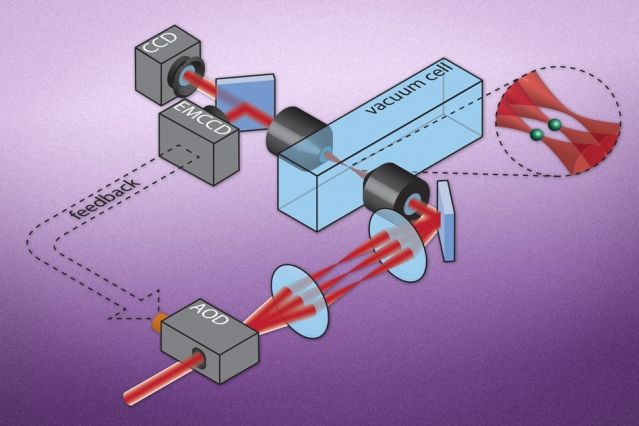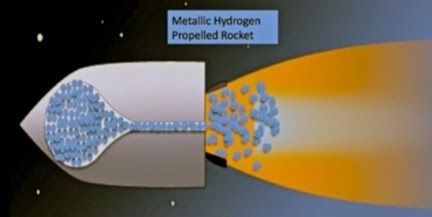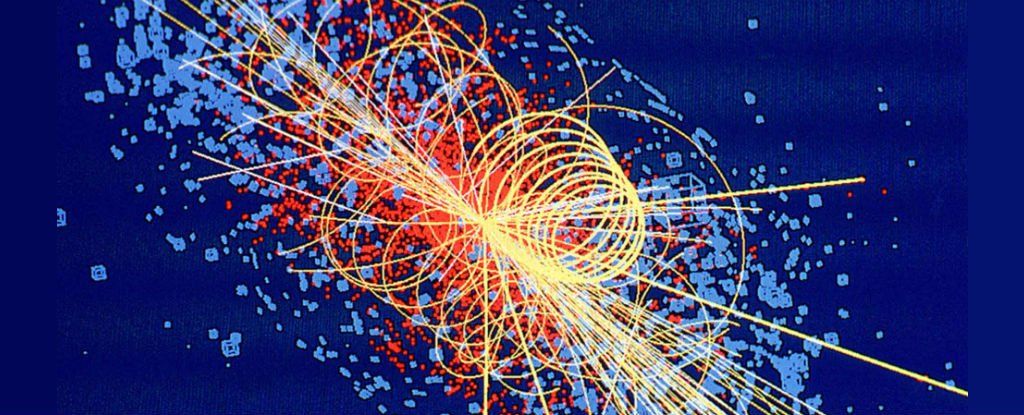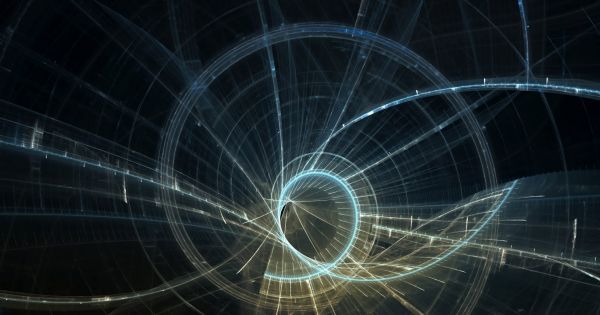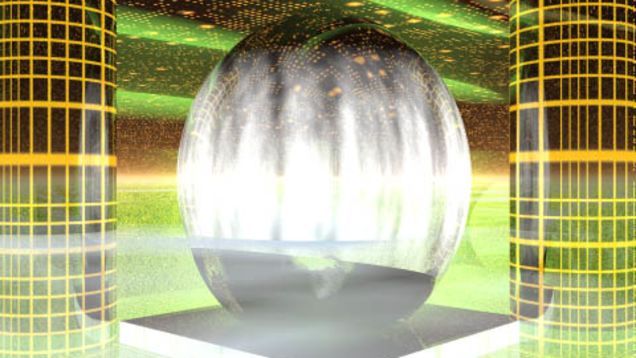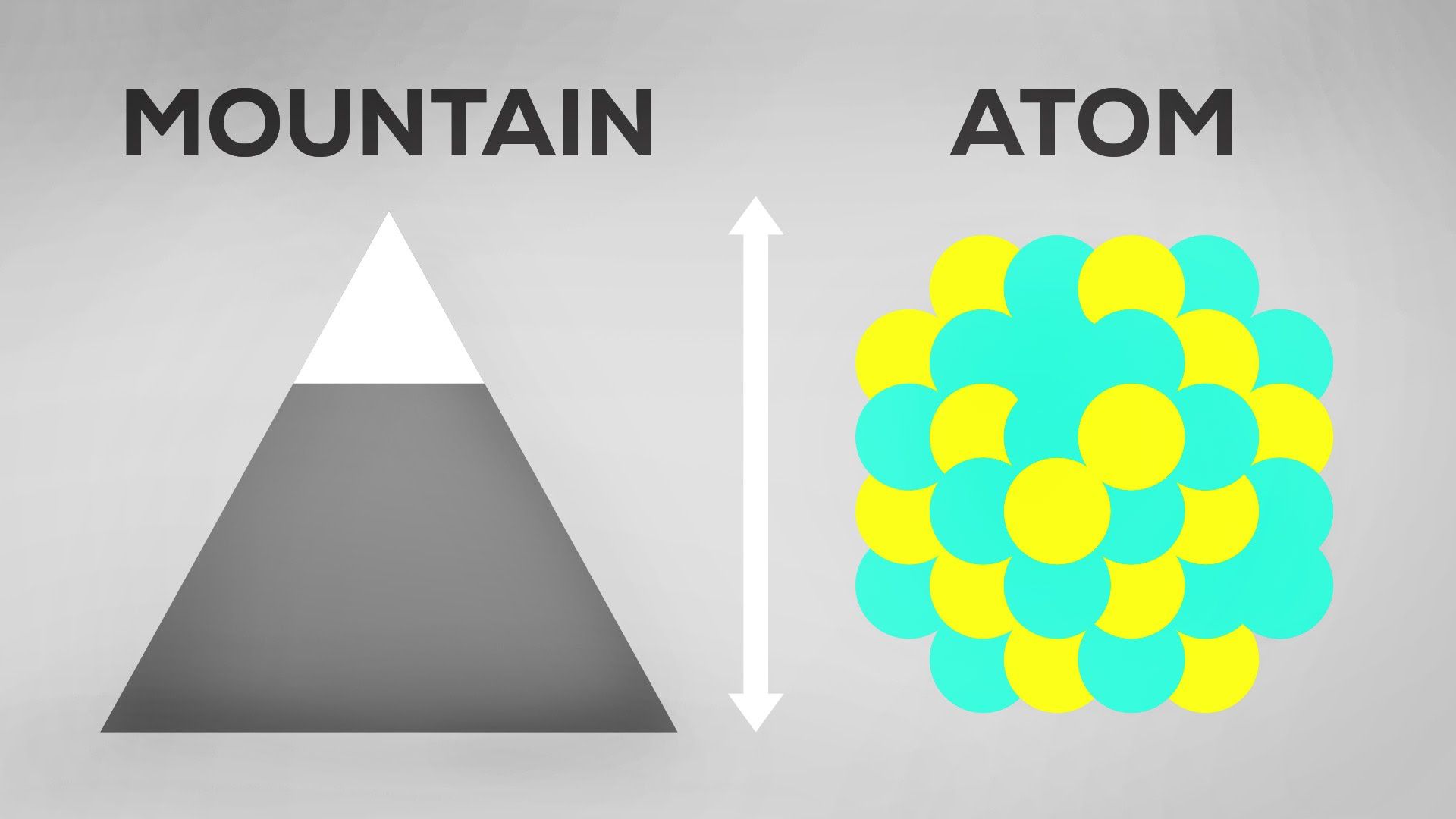What would happen if an electric current no longer flowed, but trickled instead? This was the question investigated by researchers working with Christian Ast at the Max Planck Institute for Solid State Research. Their investigation involved cooling their scanning tunnelling microscope down to a fifteen thousandth of a degree above absolute zero. At these extremely low temperatures, the electrons reveal their quantum nature. The electric current is therefore a granular medium, consisting of individual particles. The electrons trickle through a conductor like grains of sand in an hourglass, a phenomenon that can be explained with the aid of quantum electrodynamics.
Flowing water from a tap feels like a homogeneous medium — it is impossible to distinguish between the individual water molecules. Exactly the same thing is true about electric current. So many electrons flow in a conventional cable that the current appears to be homogeneous. Although it is not possible to distinguish individual electrons, quantum mechanics says they should exist. So how do they behave? Under which conditions does the current not flow like water through a tap, but rather trickles like sand in an hourglass?
The hourglass analogy is very appropriate for the scanning tunnelling microscope, where a thin, pointed tip scans across the surface of a sample without actually touching it. A tiny current flows nevertheless, as there is a slight probability that electrons “tunnel” from the pointed tip into the sample. This tunnelling current is an exponential function of the separation, which is why the pointed tip is located only a few Ångström (a ten millionth of a millimetre) above the sample.
